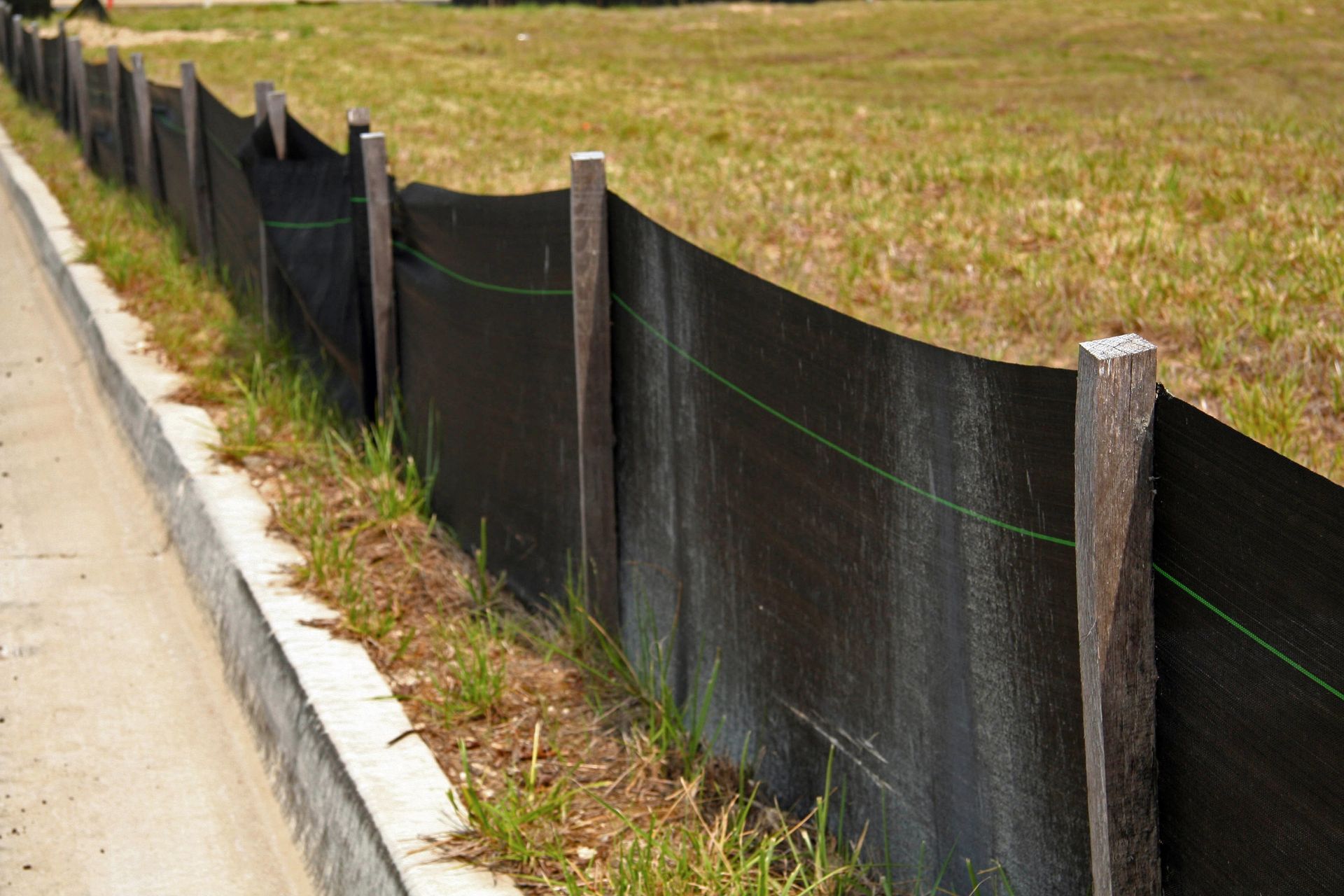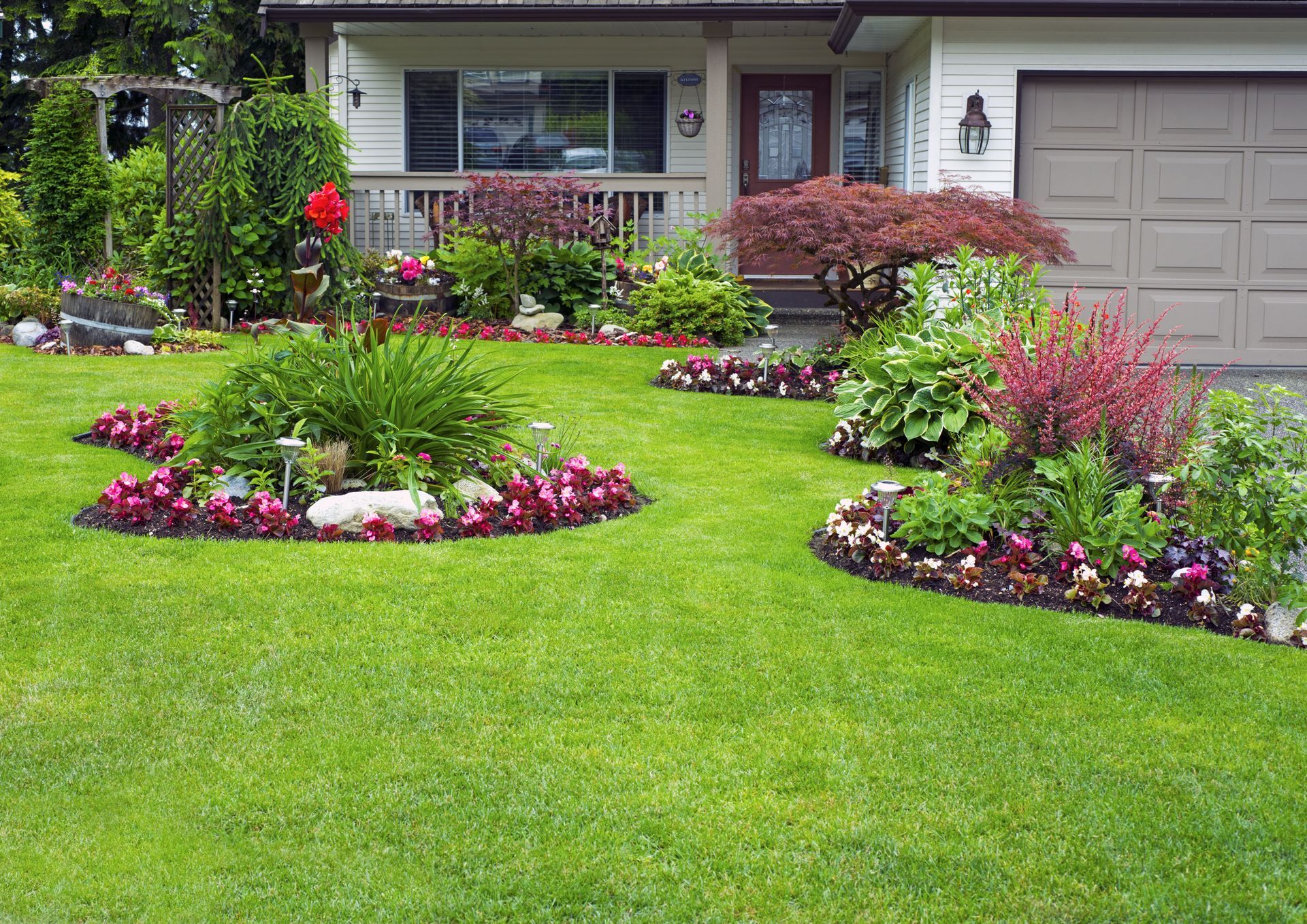How Are Services Priced for a Landscaping Business?
Determining the right pricing strategy for landscaping services involves balancing multiple factors to ensure profitability, competitiveness, and customer satisfaction. Landscaping businesses must account for their expenses, market trends, and client needs to create a pricing structure that reflects the value of their work. While there’s no universal formula, understanding the core elements behind service pricing can provide valuable insight. In this post, we’ll explore the key considerations a landscaping business uses to determine how they price their services.
Understanding Essential Costs
The foundation of any pricing strategy lies in understanding the essential costs associated with the services offered. Landscaping businesses carefully calculate both direct and indirect costs to ensure their pricing covers all expenses. Direct costs include materials such as mulch, plants, and labor hours, while indirect costs account for equipment maintenance, insurance, and other overhead expenses. For example, adopting cost-effective methods like mulch blowing can significantly impact pricing. According to Building Indiana, mulch blowing is a faster and cheaper alternative for larger projects, saving up to $64 per cubic yard compared to traditional hand mulching. By leveraging efficient techniques, a landscaping business can optimize costs and maintain competitive pricing.
Researching the Local Market
A landscaping business also conducts thorough research on its local market to align its pricing with customer expectations and industry standards. By analyzing competitor rates and service offerings, businesses can better understand what clients are willing to pay and identify gaps they can fill. For instance, if competitors primarily offer basic lawn care, a landscaping business might set itself apart by providing premium enhancements or superior customer service. Clear communication with clients regarding what the pricing includes—such as labor, materials, or additional fees—also fosters trust and justifies pricing decisions.
Creating Tiered Service Packages
Offering tiered service packages is another effective pricing strategy commonly used by a landscaping business. Since clients have varying budgets and needs, creating flexible packages can cater to a broader range of customers. For example, a basic package might include standard lawn maintenance, while a premium package could feature additional enhancements like seasonal planting, mulching, or landscape design.
Landscaping businesses determine their pricing by carefully evaluating costs, studying the market, and offering adaptable service options. Factoring in both direct and indirect expenses ensures prices remain profitable, while market research helps businesses stay competitive. Strategies like mulch blowing demonstrate how efficient methods can reduce costs, making pricing more attractive to clients. Additionally, tiered service packages allow businesses to appeal to a wider range of budgets and needs. If you're looking for an expert landscaping business, call Hydroseeding & Bark Blowers today!



Share On: